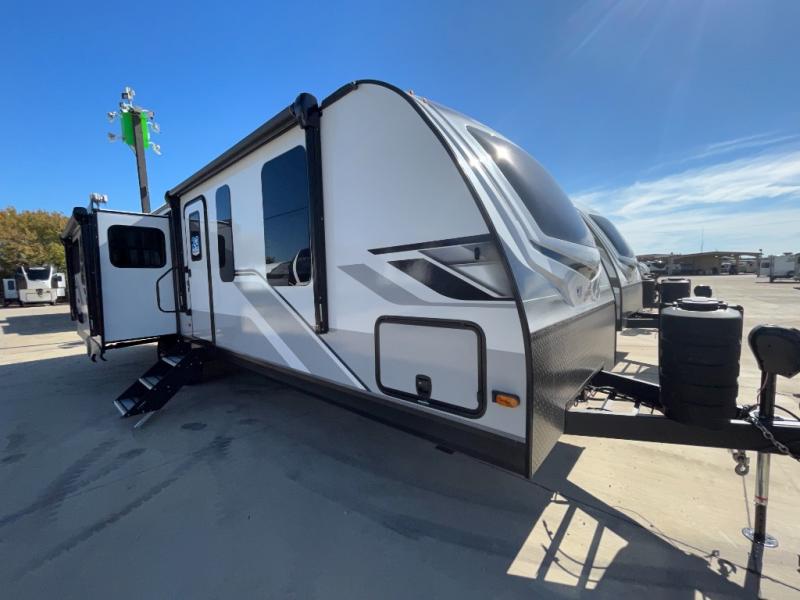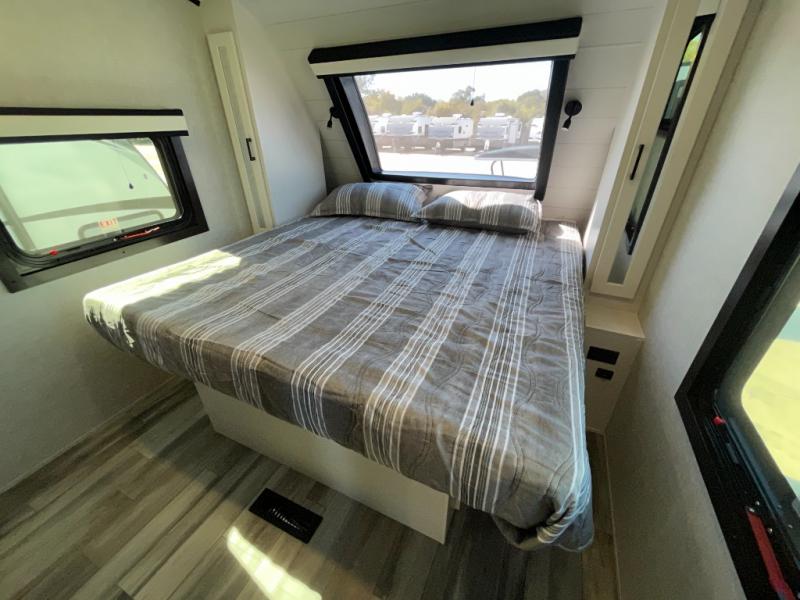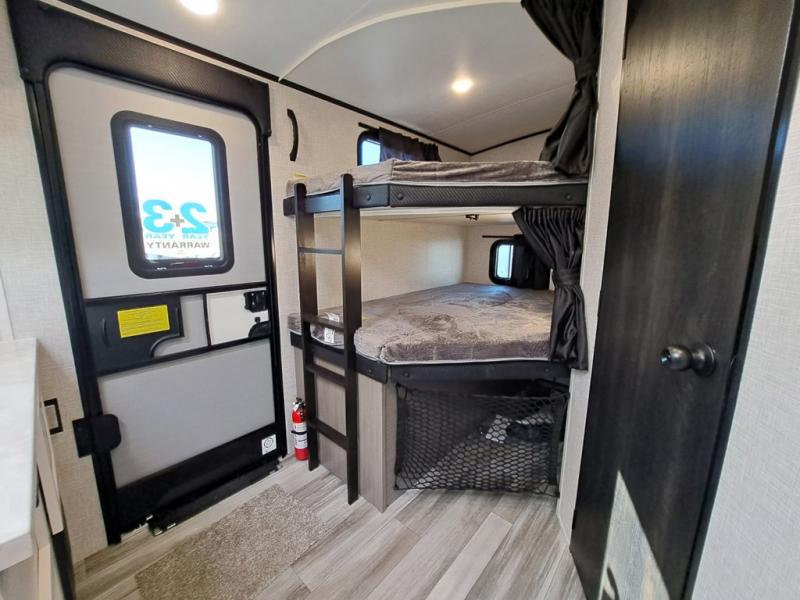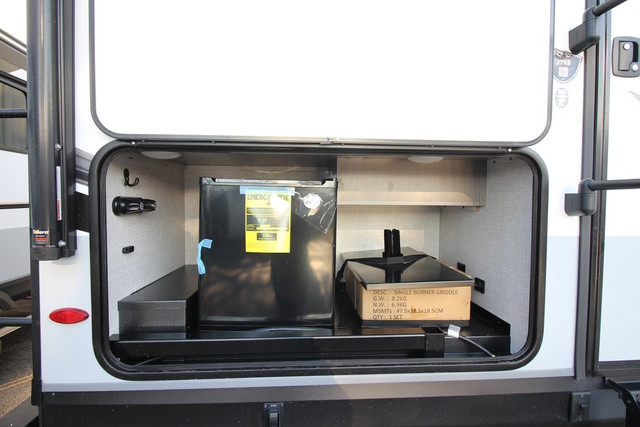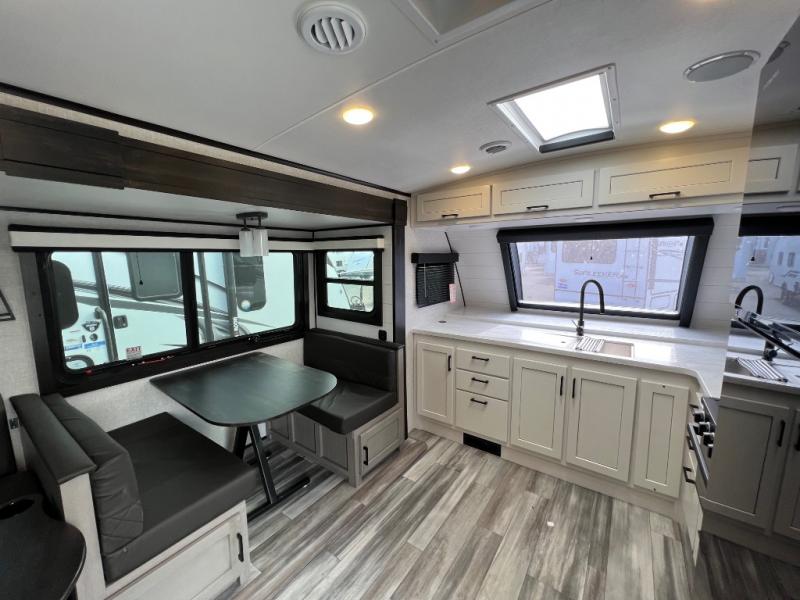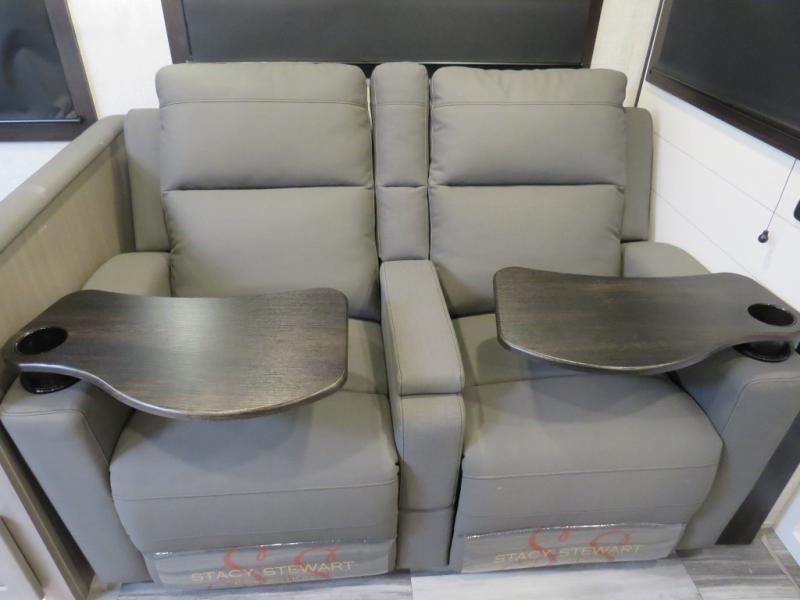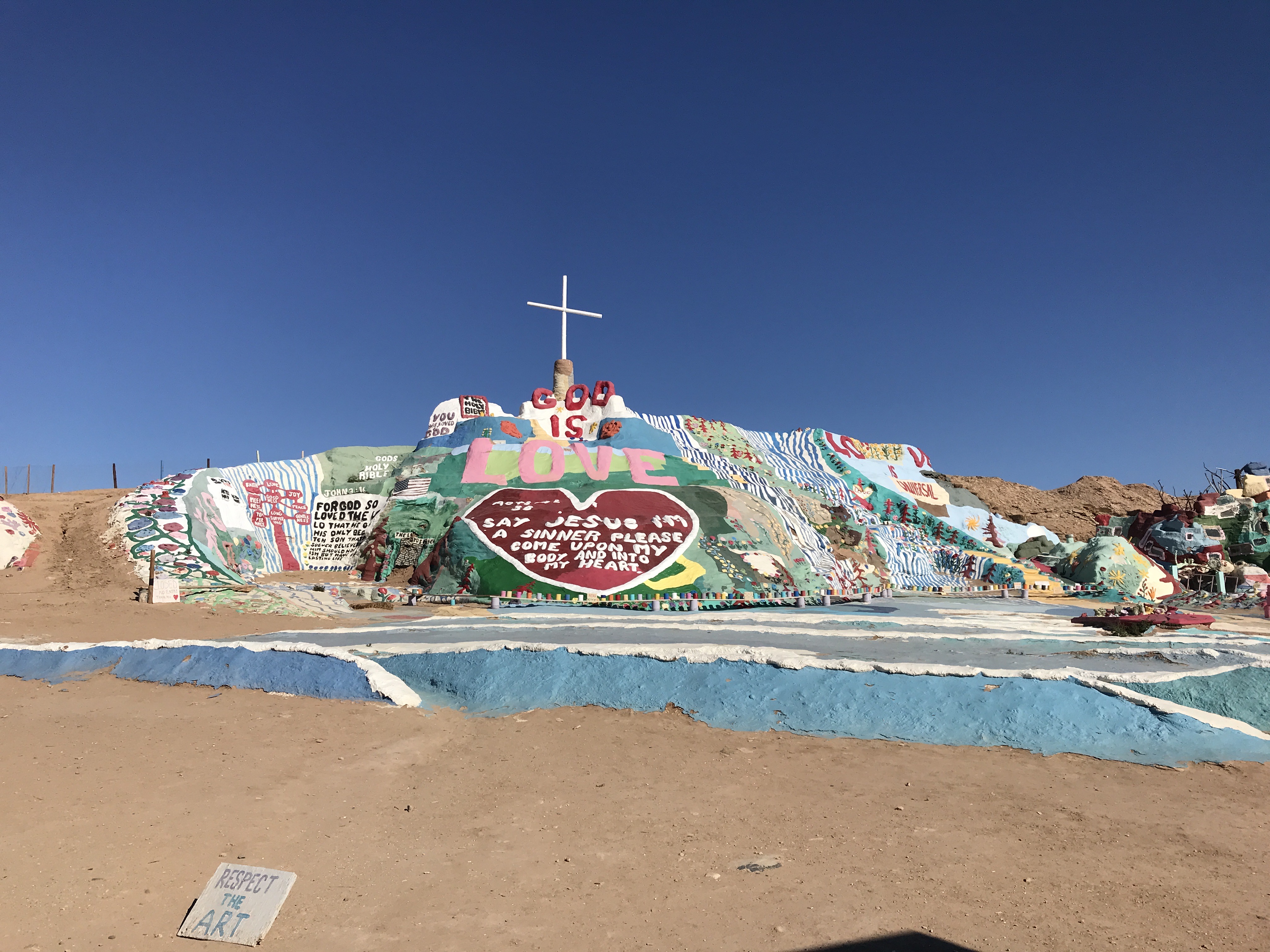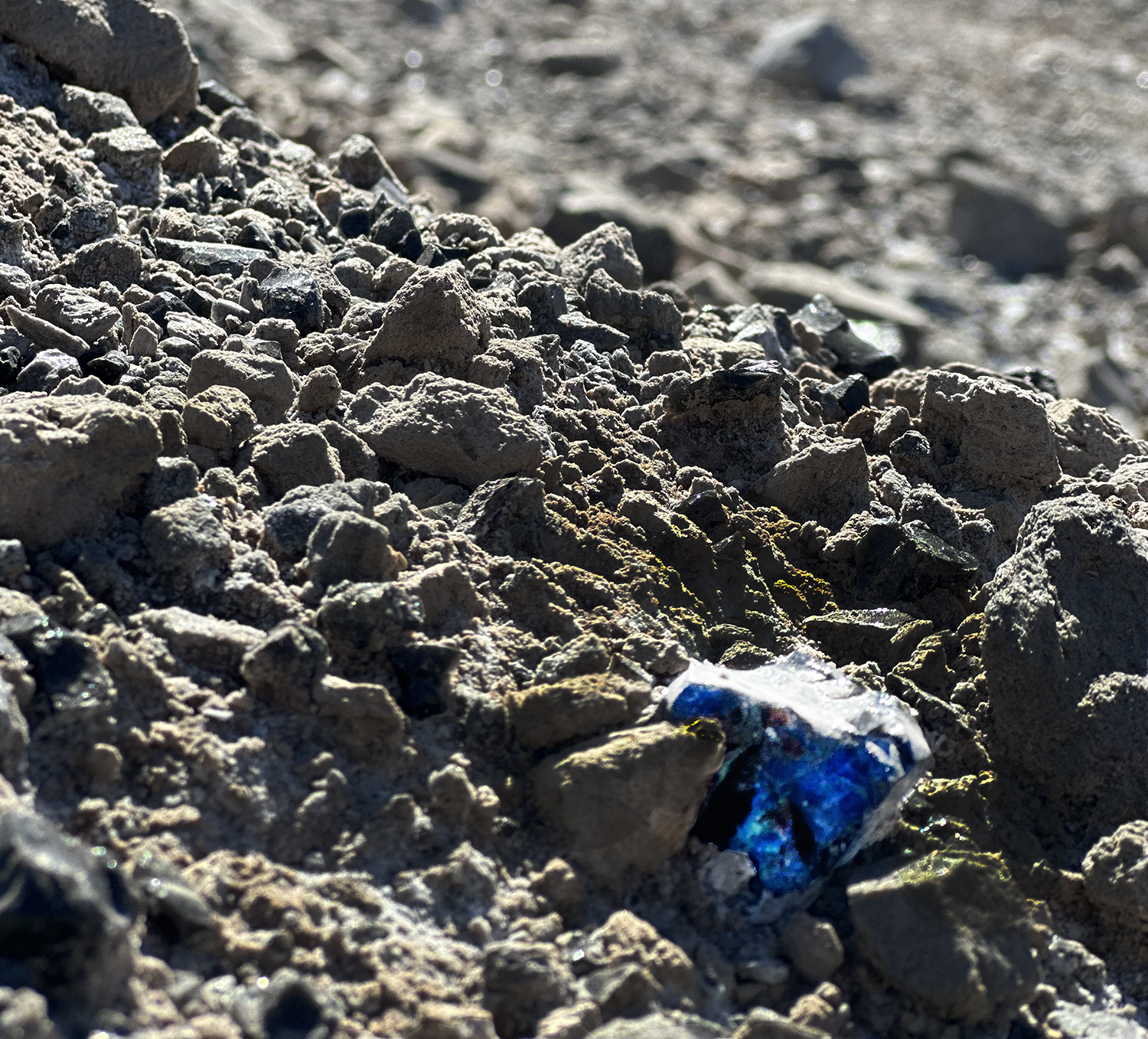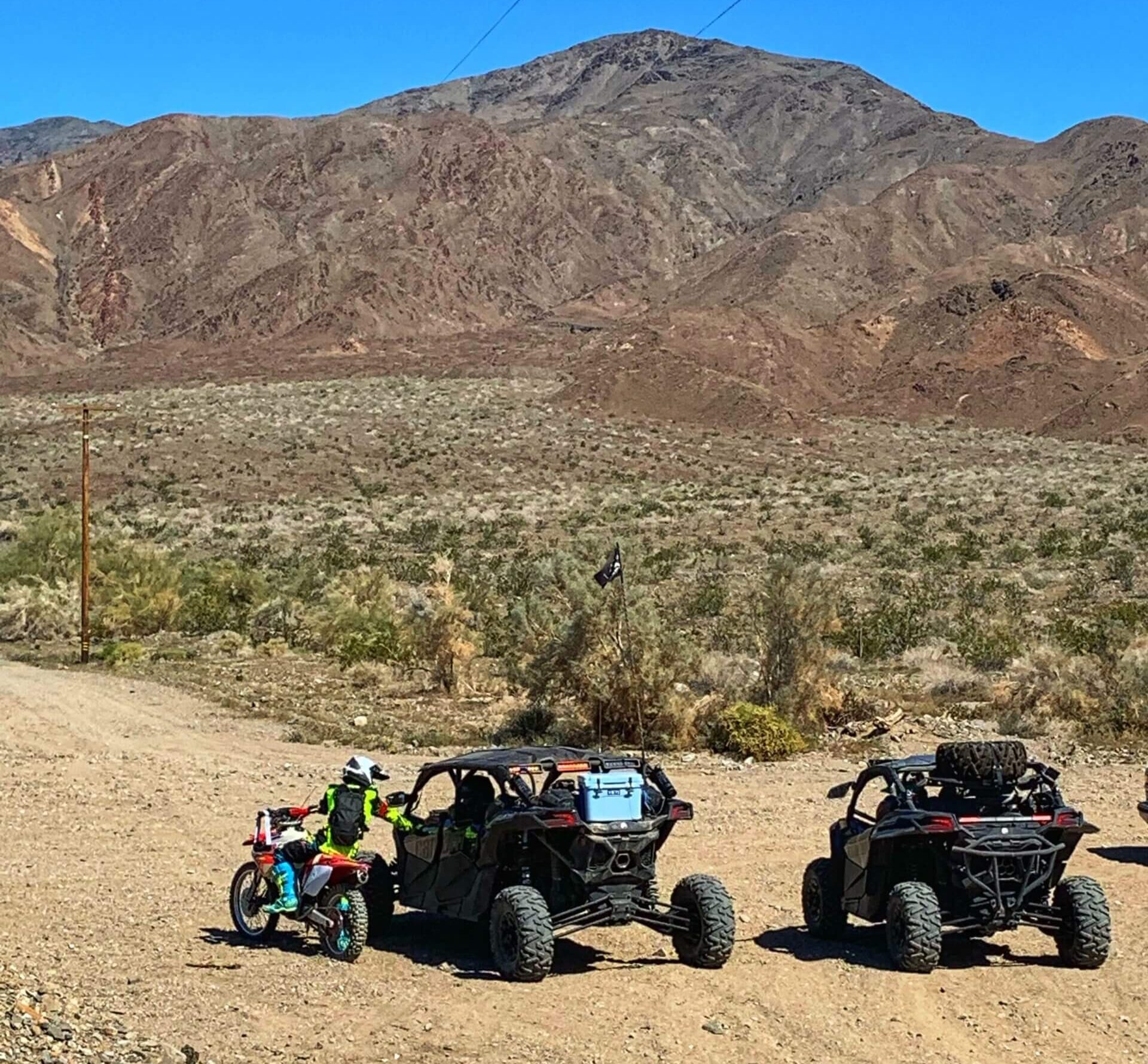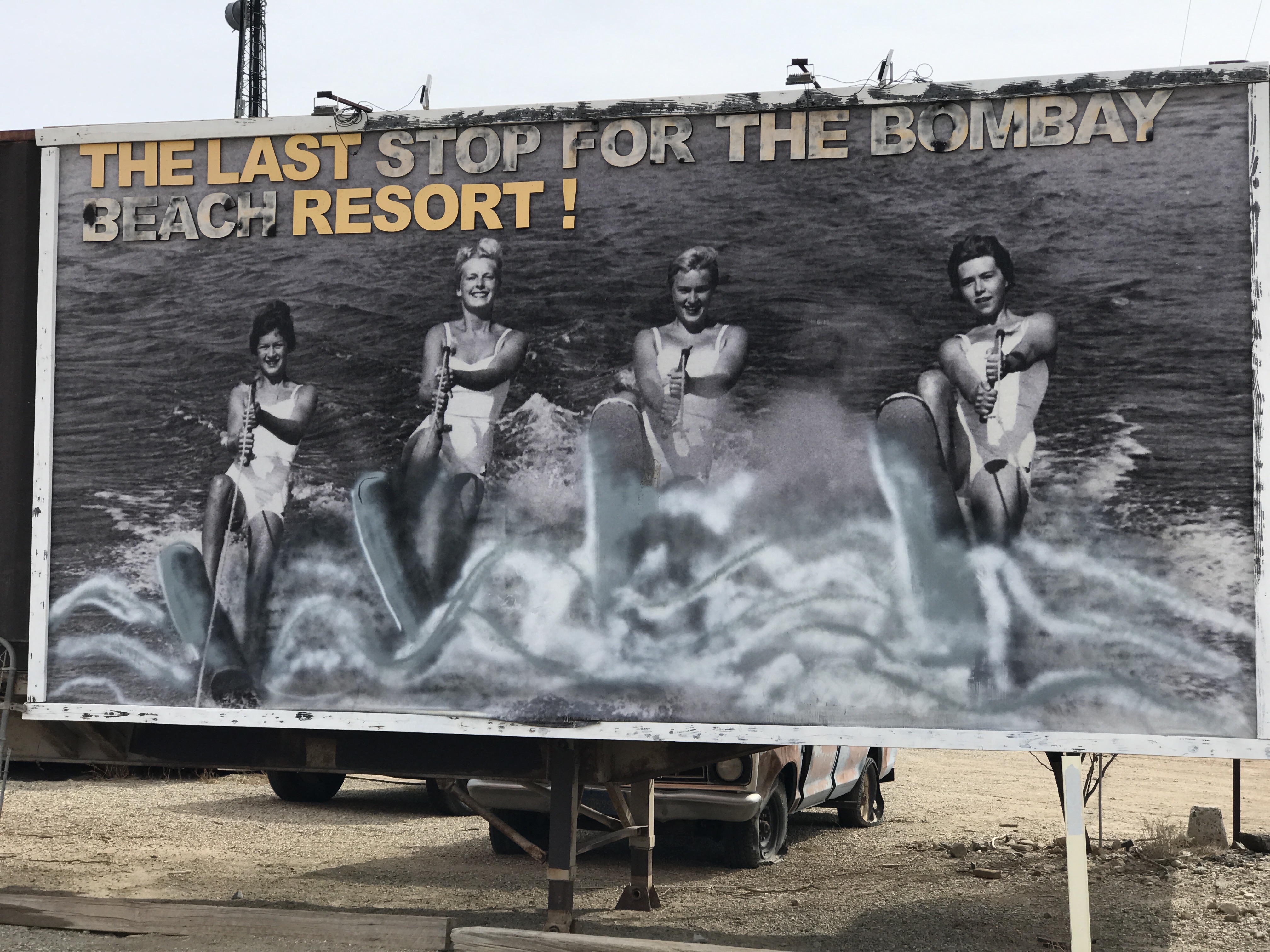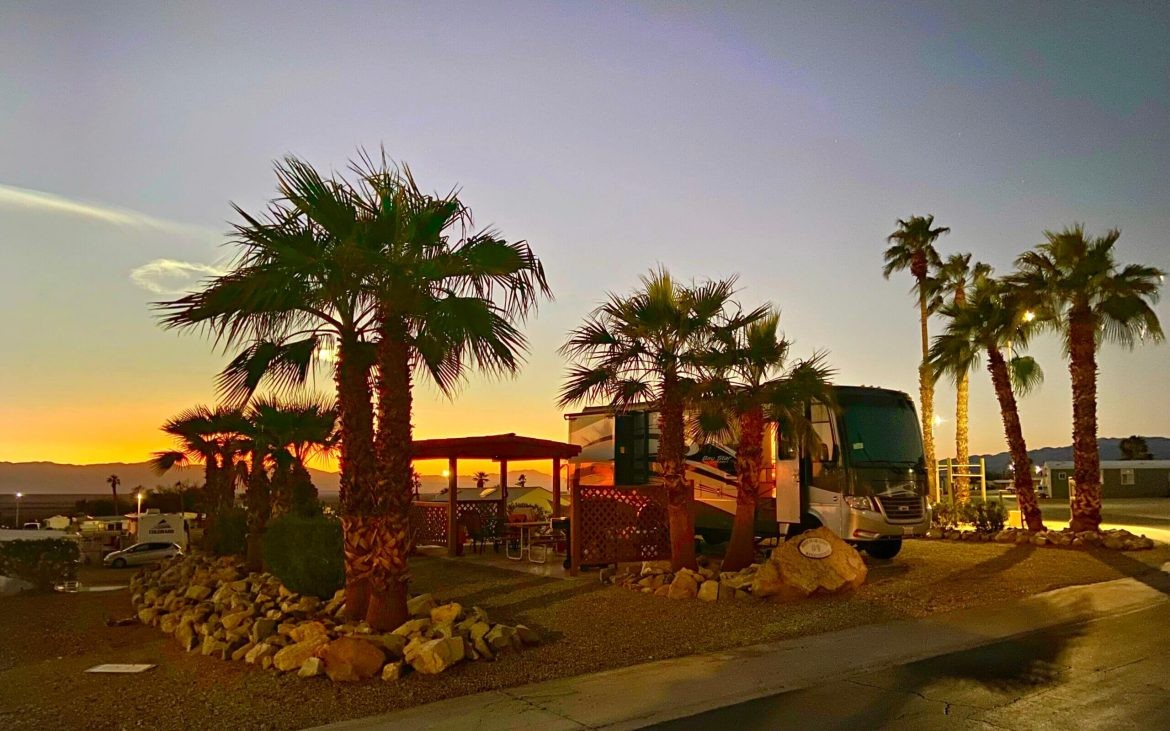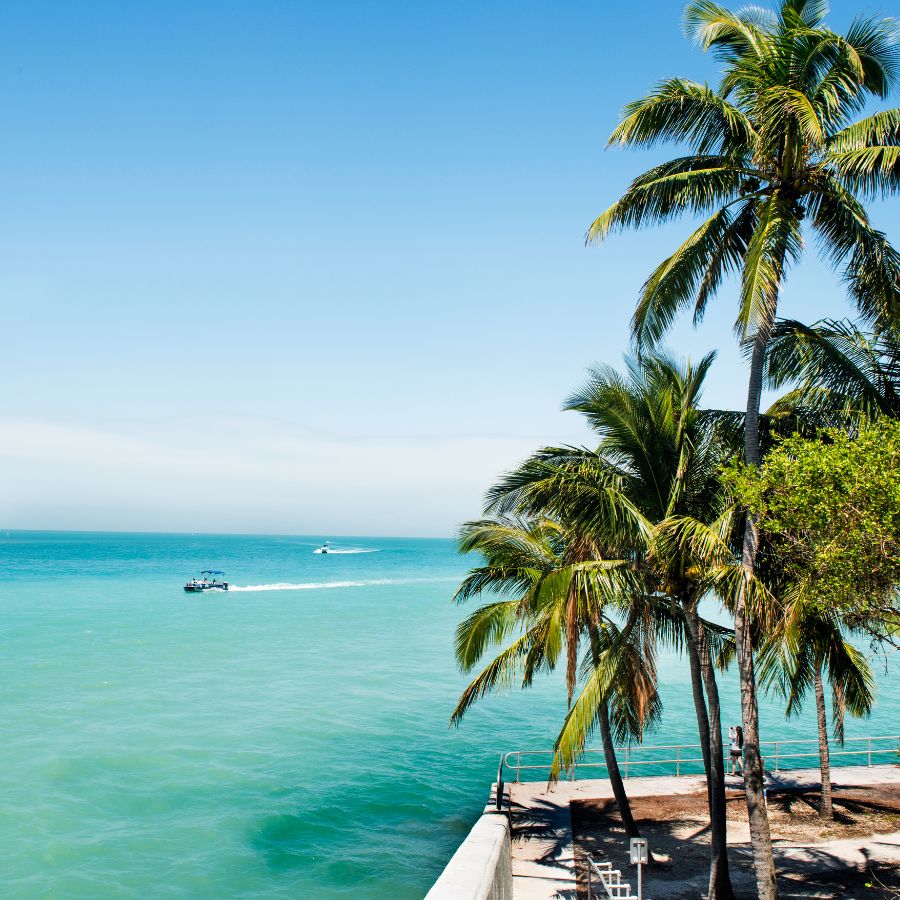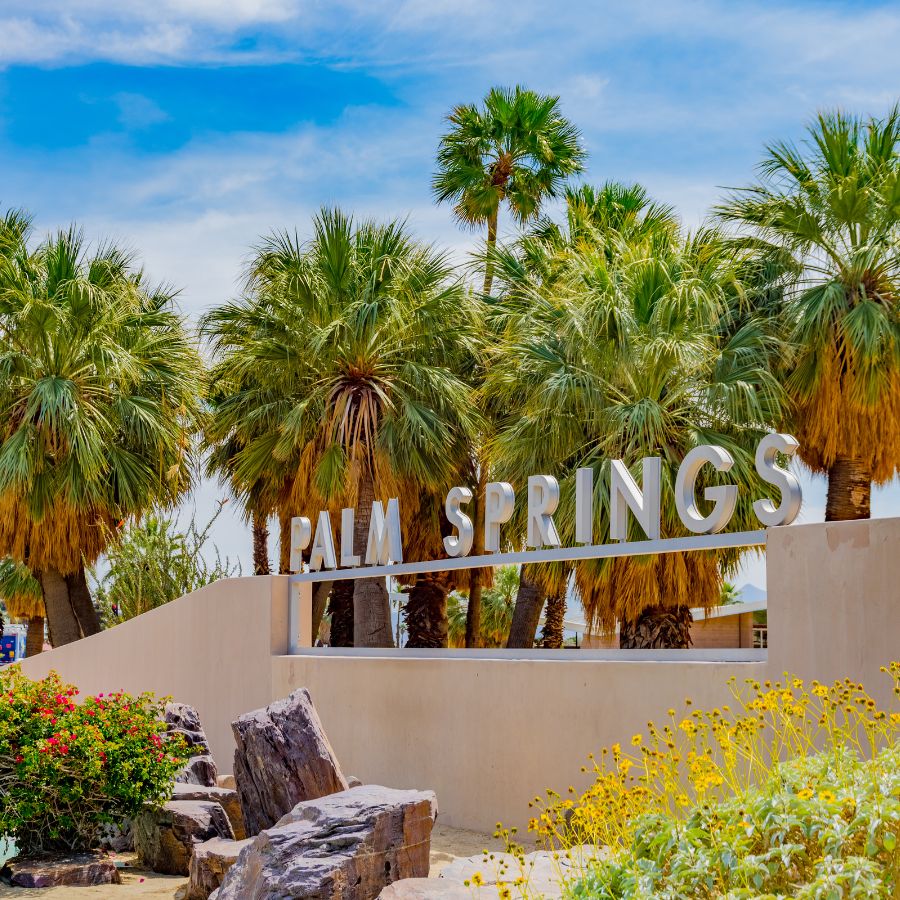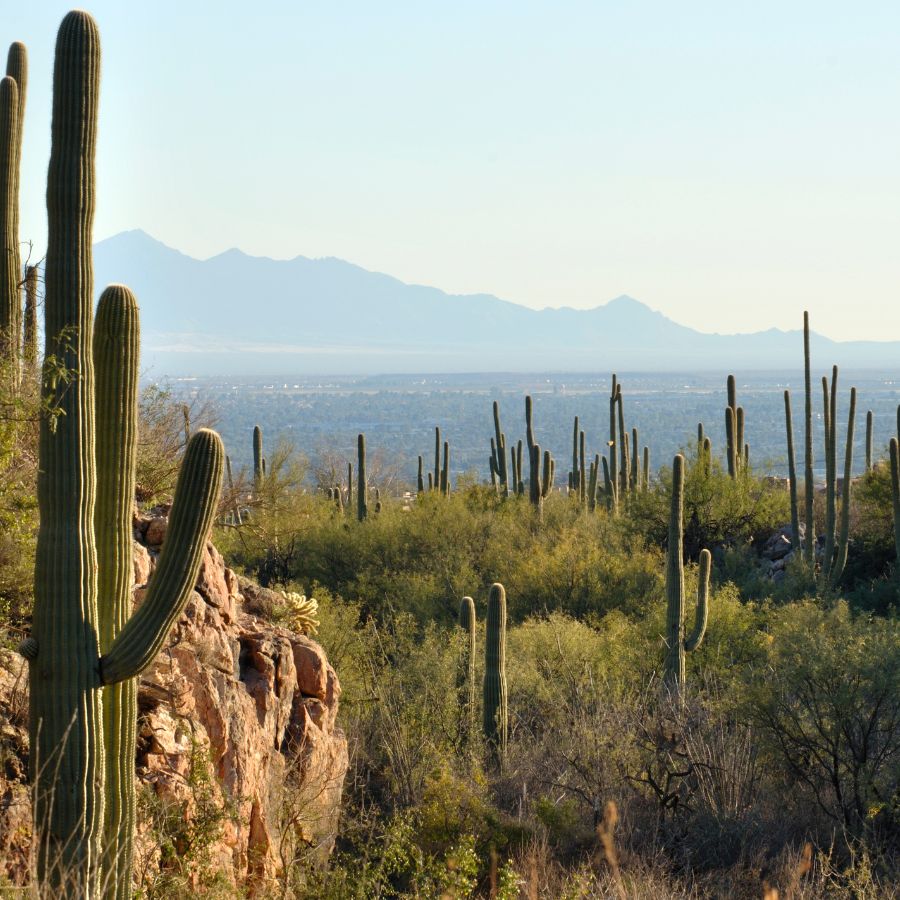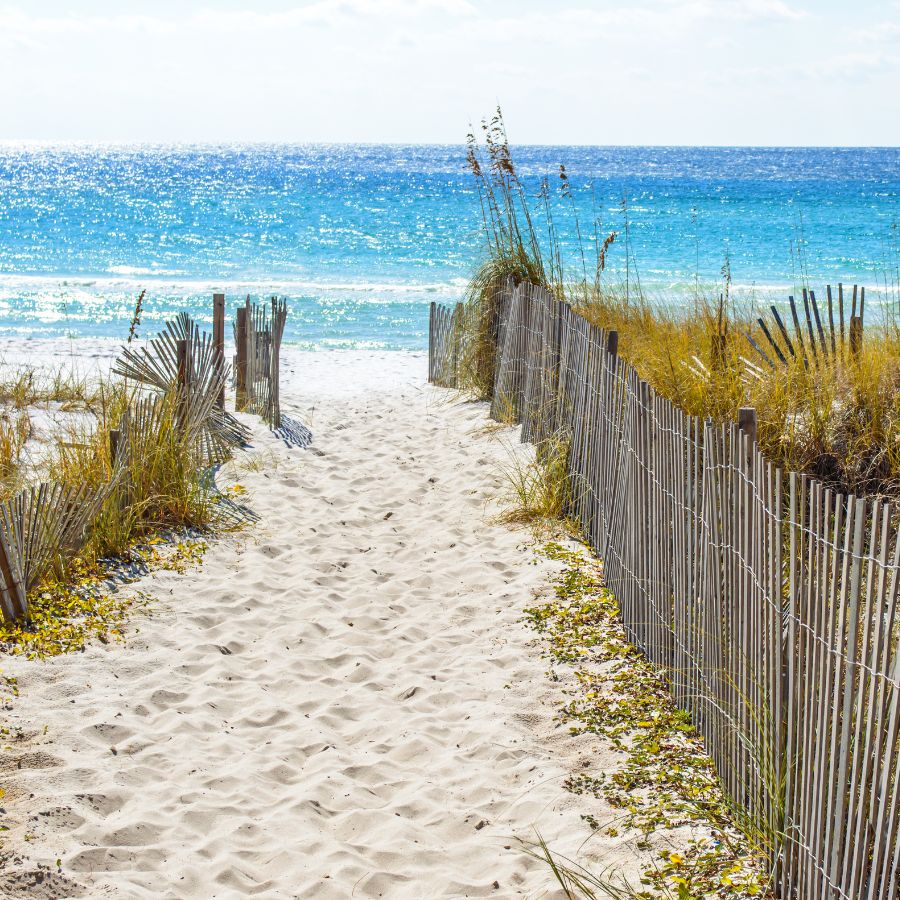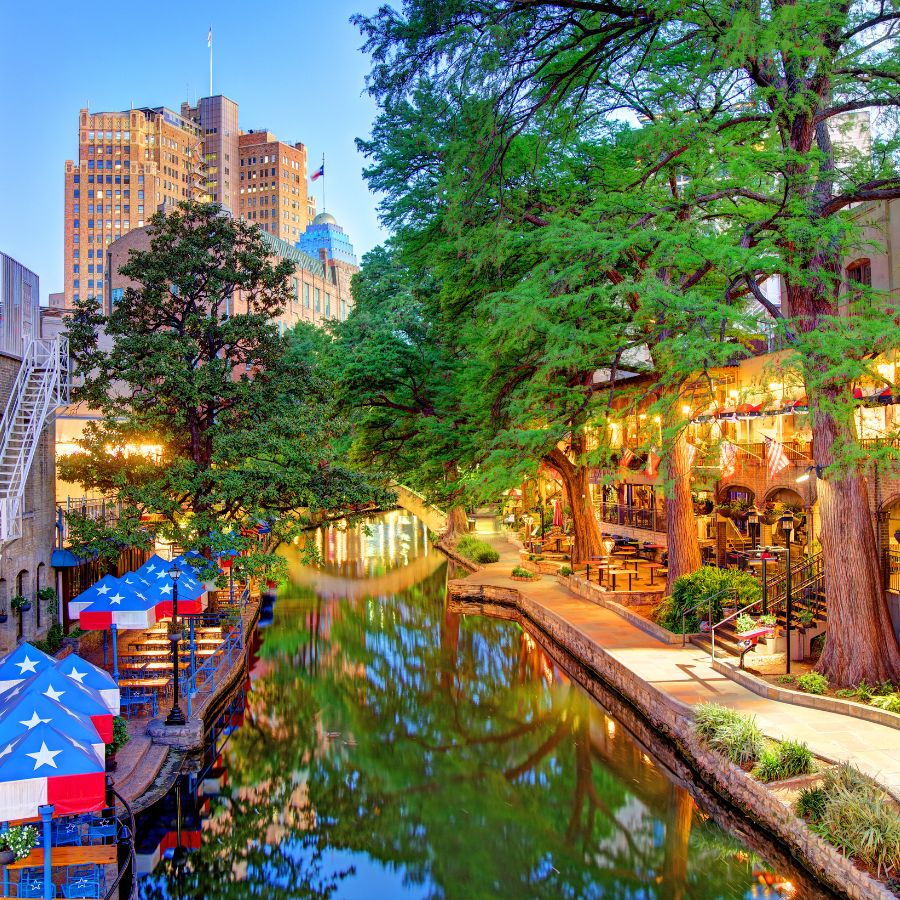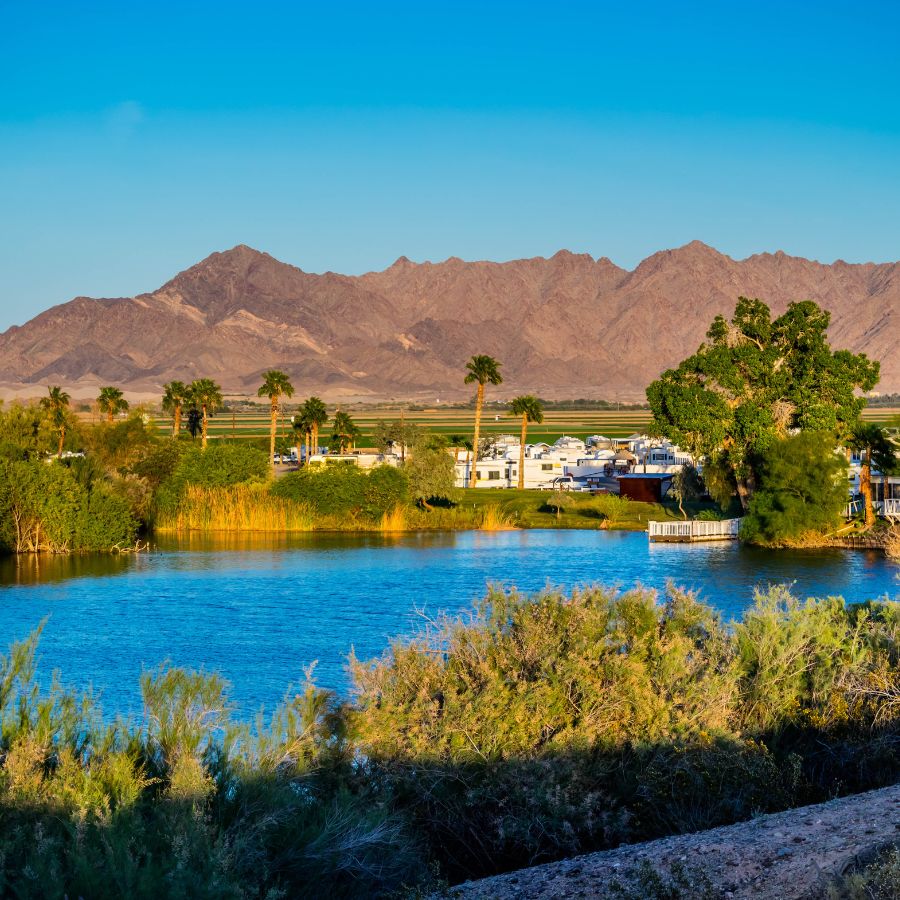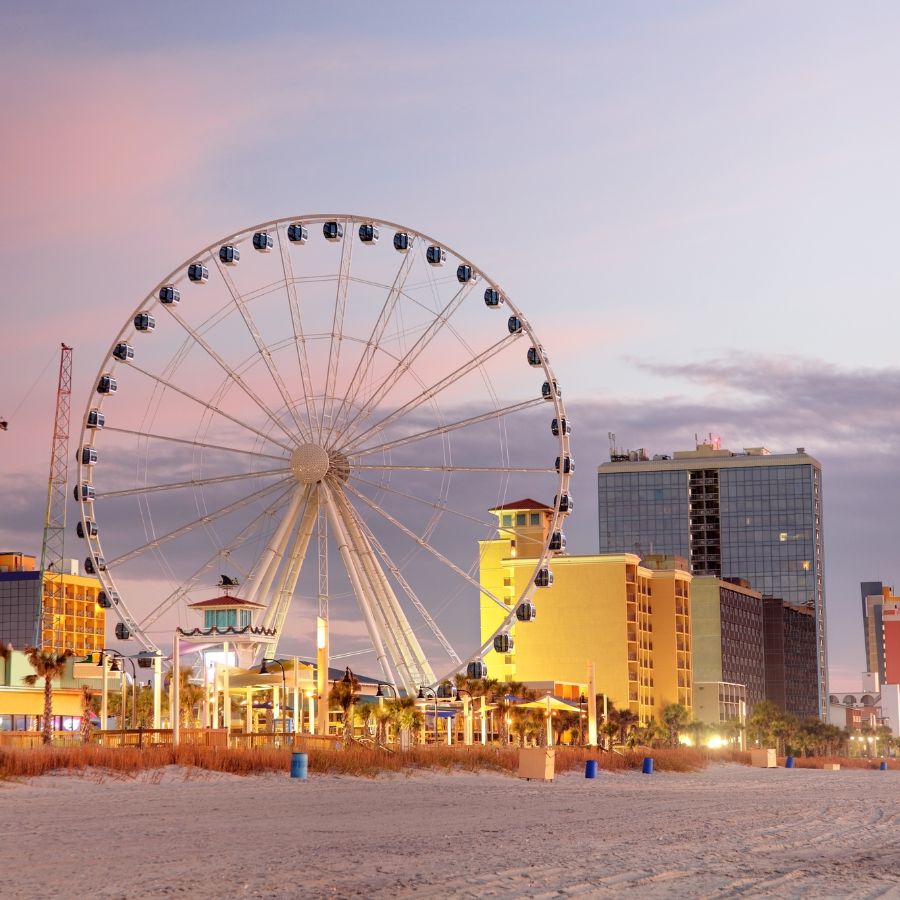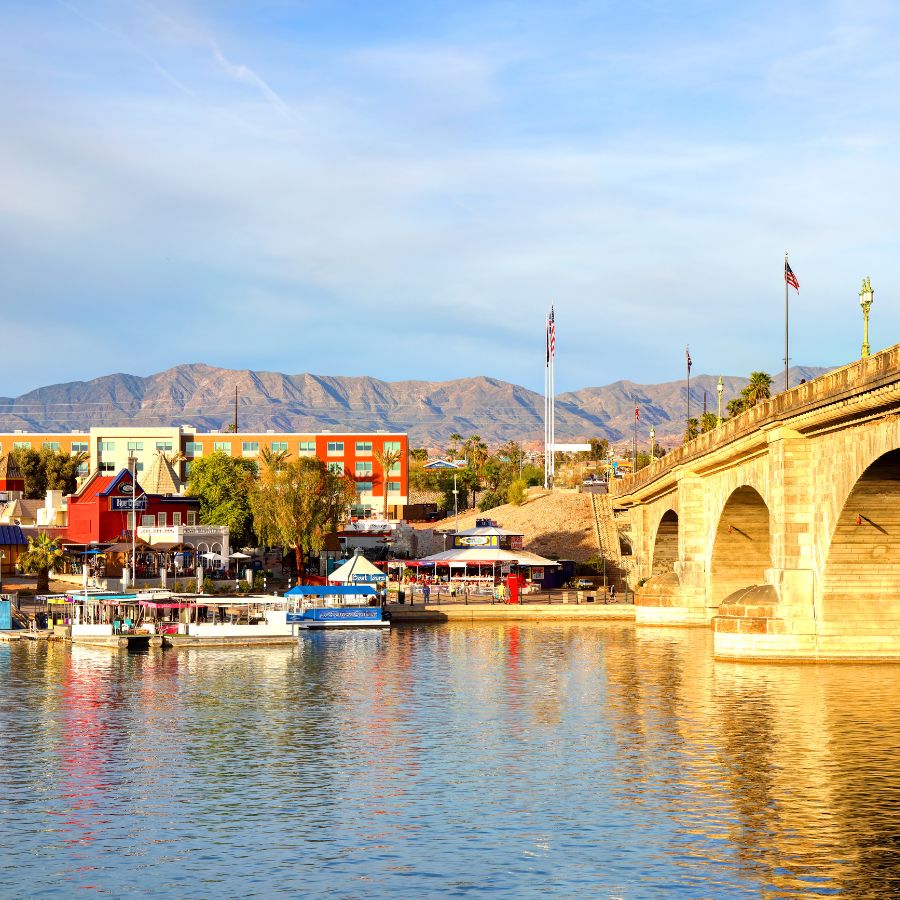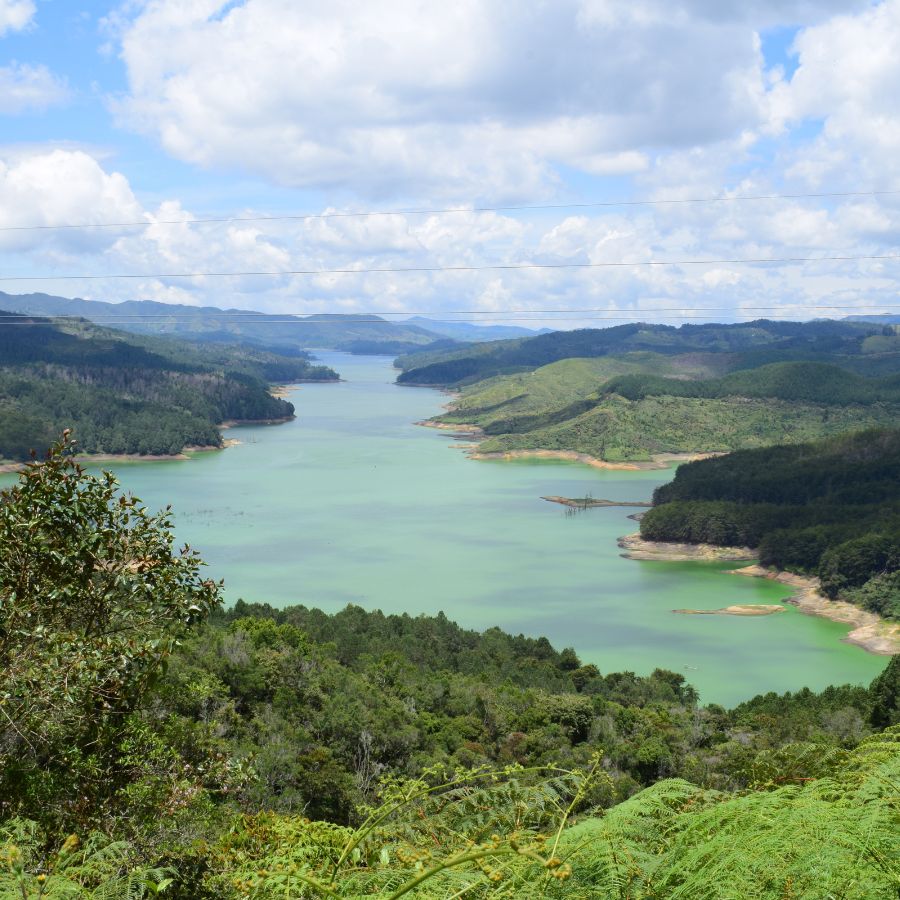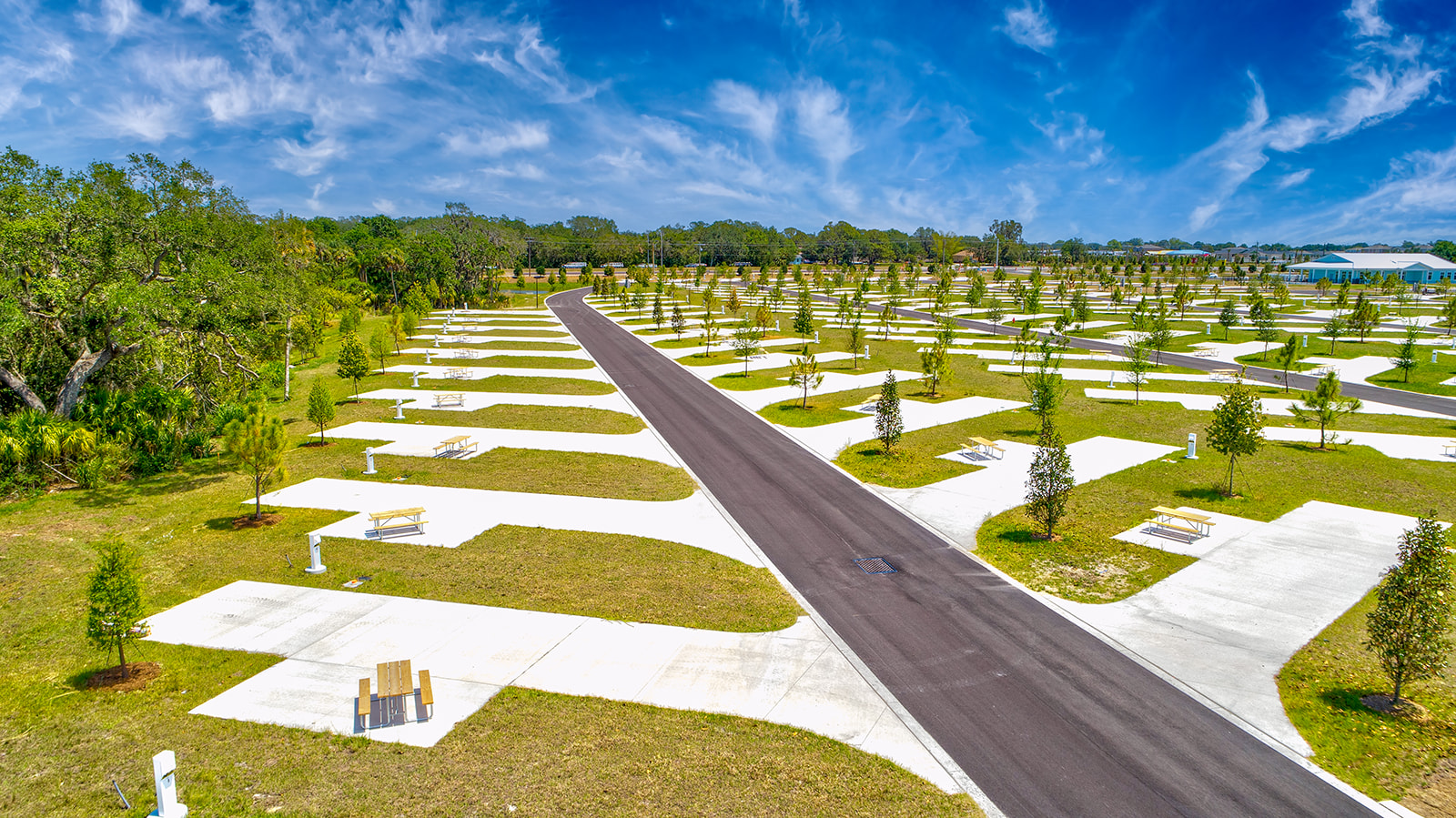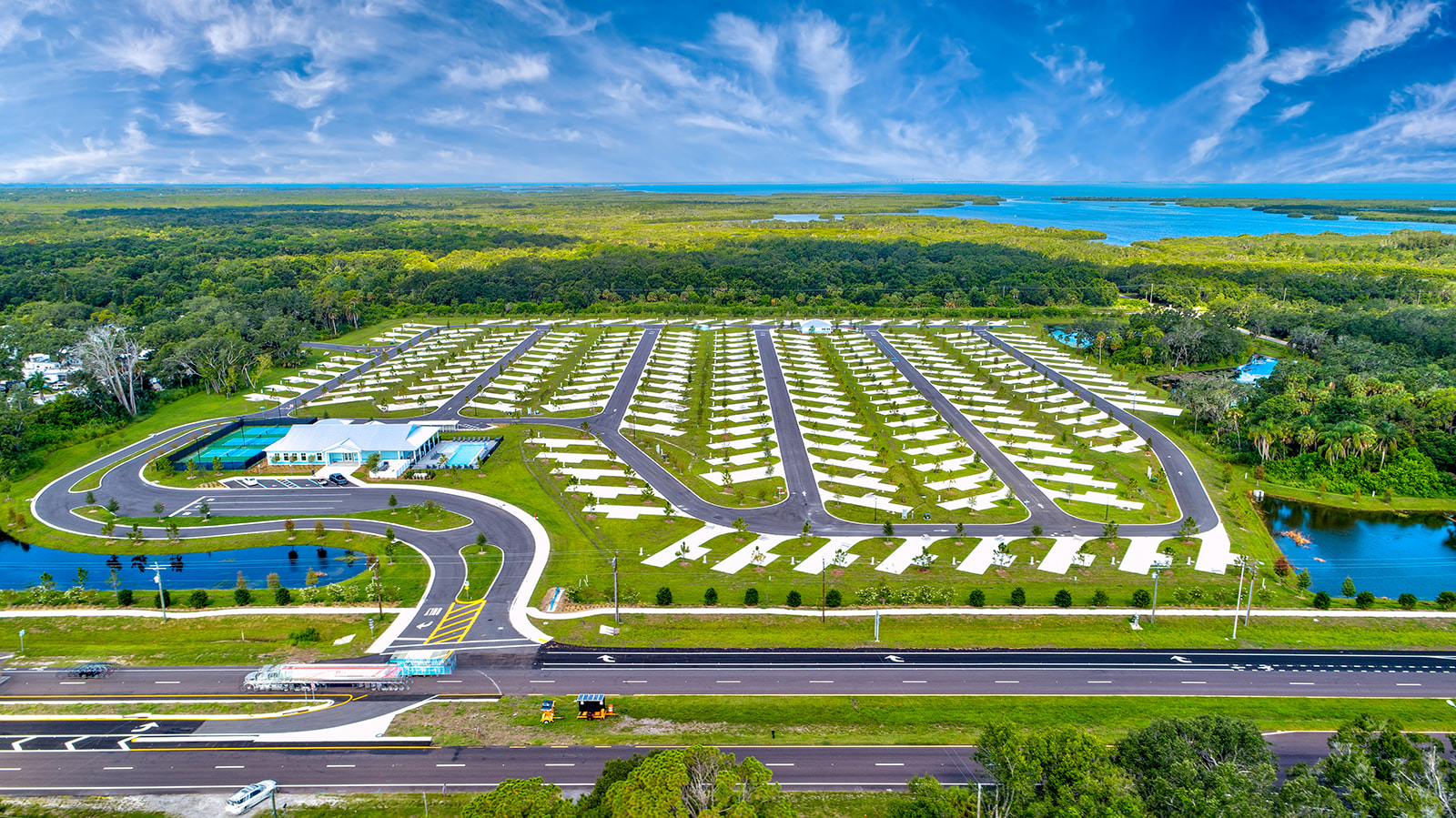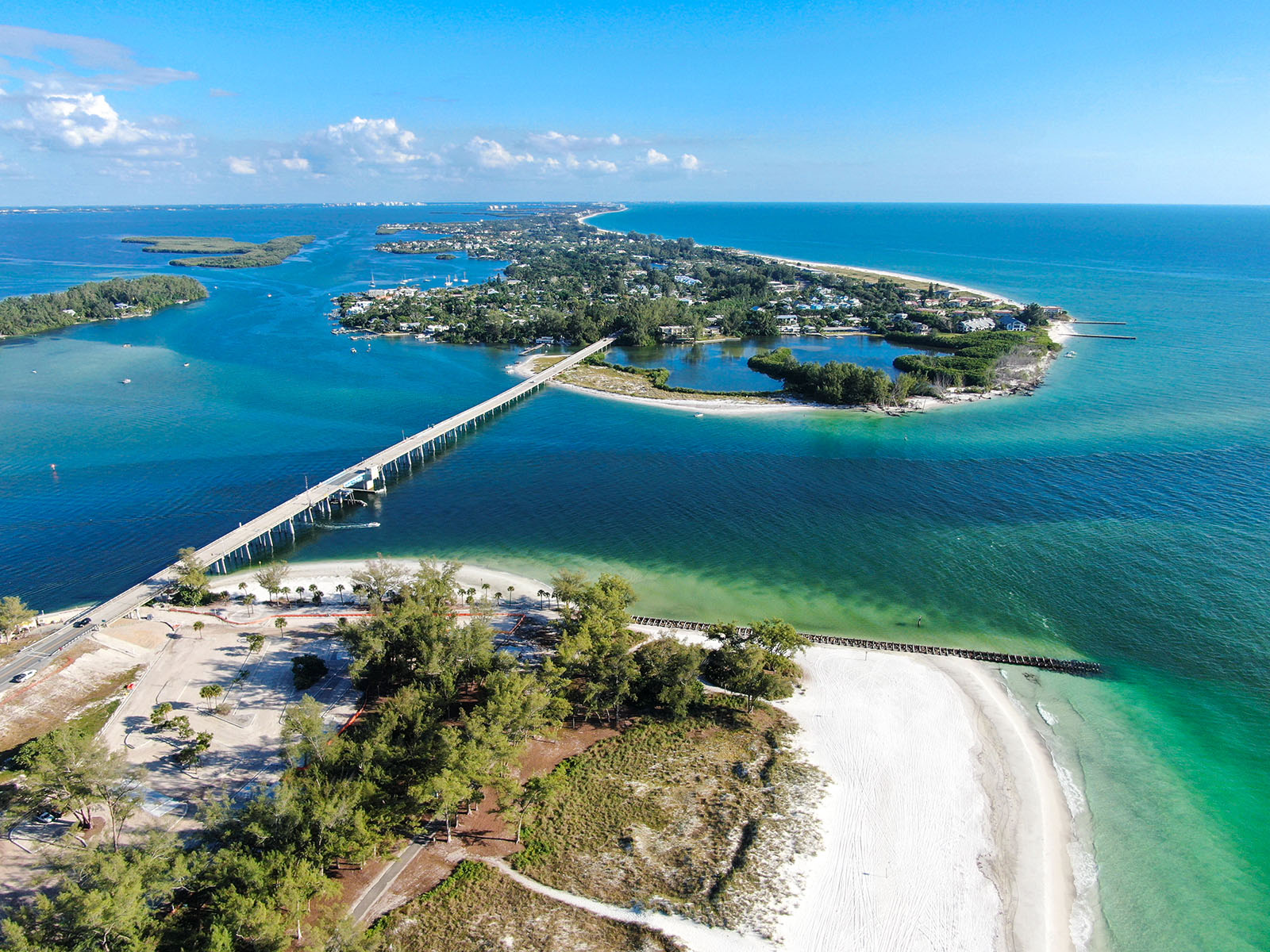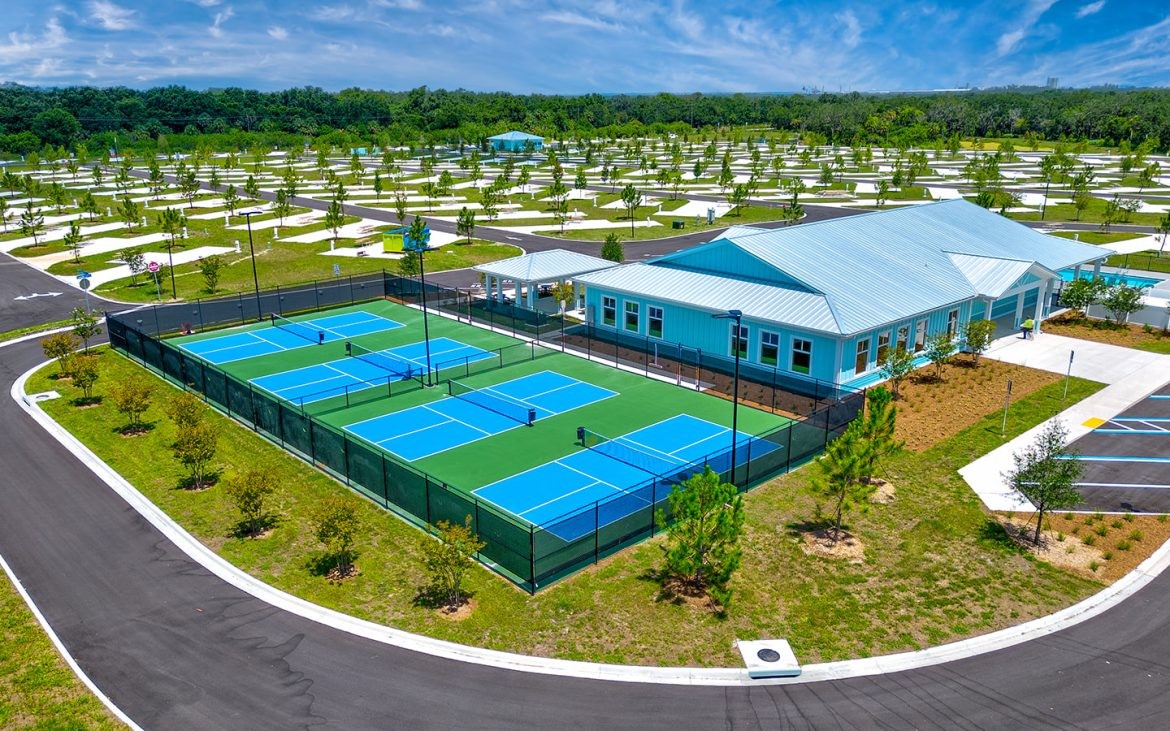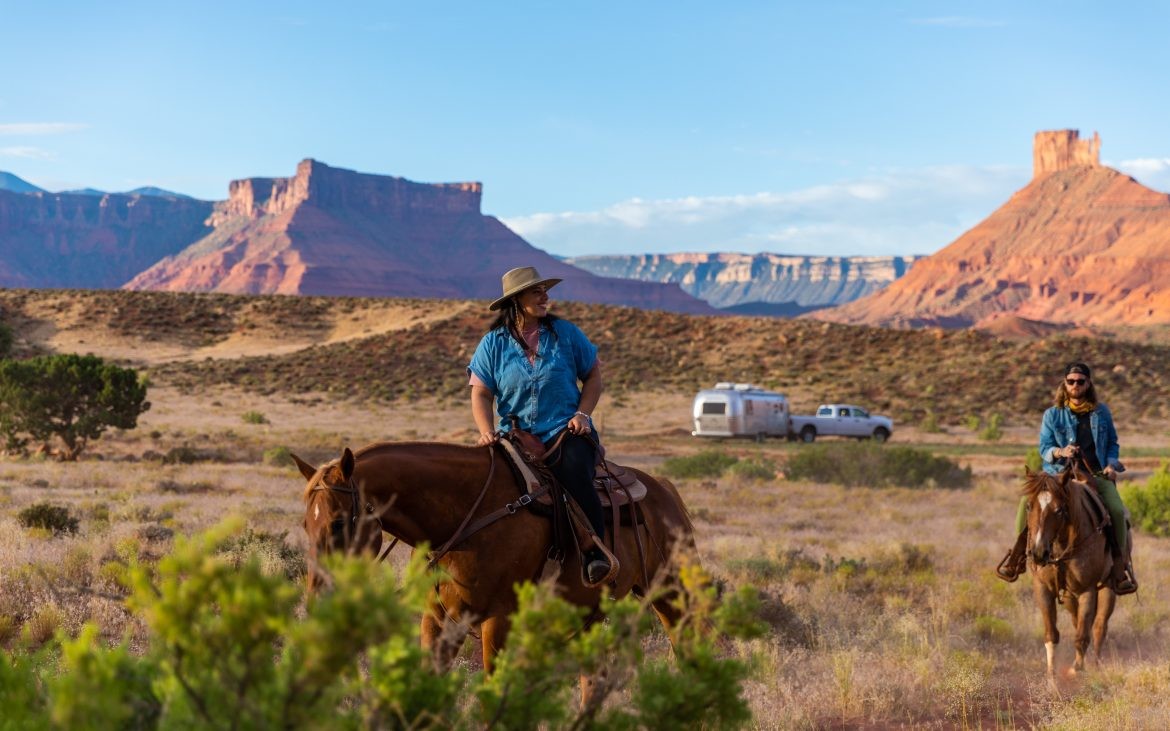Are you in the market for a new RV? The Jayco White Hawk is one of the leading models of 2024, with many unique floorplans to choose from; these RVs are perfect for any RV lifestyle. If you’re looking for a quality RV at an affordable price, this may be the right model for you. Here are the top 5 Jayco White Hawk floorplans for 2024:
Take home a great deal on this2024 Jayco White Hawk 32RL Travel Trailer.Jayco White Hawk 32RL Travel Trailer
The Jayco White Hawk 32RL Travel Trailer is a great choice for RVers looking for a spacious interior, comfortable sleeping arrangements, and plenty of features. This floorplan offers two slide-outs in the living area, allowing for more space to enjoy. Some additional features include a queen bed, fireplace, stainless steel appliances, and an outdoor kitchen with a refrigerator. The Jayco White Hawk 32RL is the perfect choice for an RV that offers plenty of room and features.
You’ll love the bedroom inside this amazing2024 Jayco White Hawk 32RL Travel Trailer.Jayco White Hawk 29BH Travel Trailer
The Jayco White Hawk 29BH Travel Trailer is a great option for RVers looking for an affordable yet comfortable and spacious floor plan. This RV model offers a bunkhouse to allow for extra sleeping arrangements and plenty of storage space. It also features a slide-out in the living area. In addition, there’s a queen bed, microwave, and dual entry doors.
The bunks in this Jayco White Hawk 29BH Travel Trailer are great for the kids!Jayco White Hawk 27RB Travel Trailer
The Jayco White Hawk 27RB Travel Trailer is perfect for those who want a lightweight RV but still need plenty of space. This floorplan offers a slide-out in the living area, providing more room to entertain friends and family. Additionally, this model includes a queen bed, a dinette, and an outdoor kitchen fitted with a refrigerator.
The outdoor kitchen on the Jayco White Hawk 27RB Travel Trailer.You’ll love entertaining in the Jayco White Hawk 26FK Travel Trailer.Jayco White Hawk 27RK Travel Trailer
The Jayco White Hawk 27RK Travel Trailer is the ideal floor plan for those who want a lightweight RV with plenty of features. This model offers a slide-out in the living area, providing more room to relax and entertain friends and family. With its modern amenities and stylish design, this RV is perfect for those who want a luxurious RV without breaking the bank.
